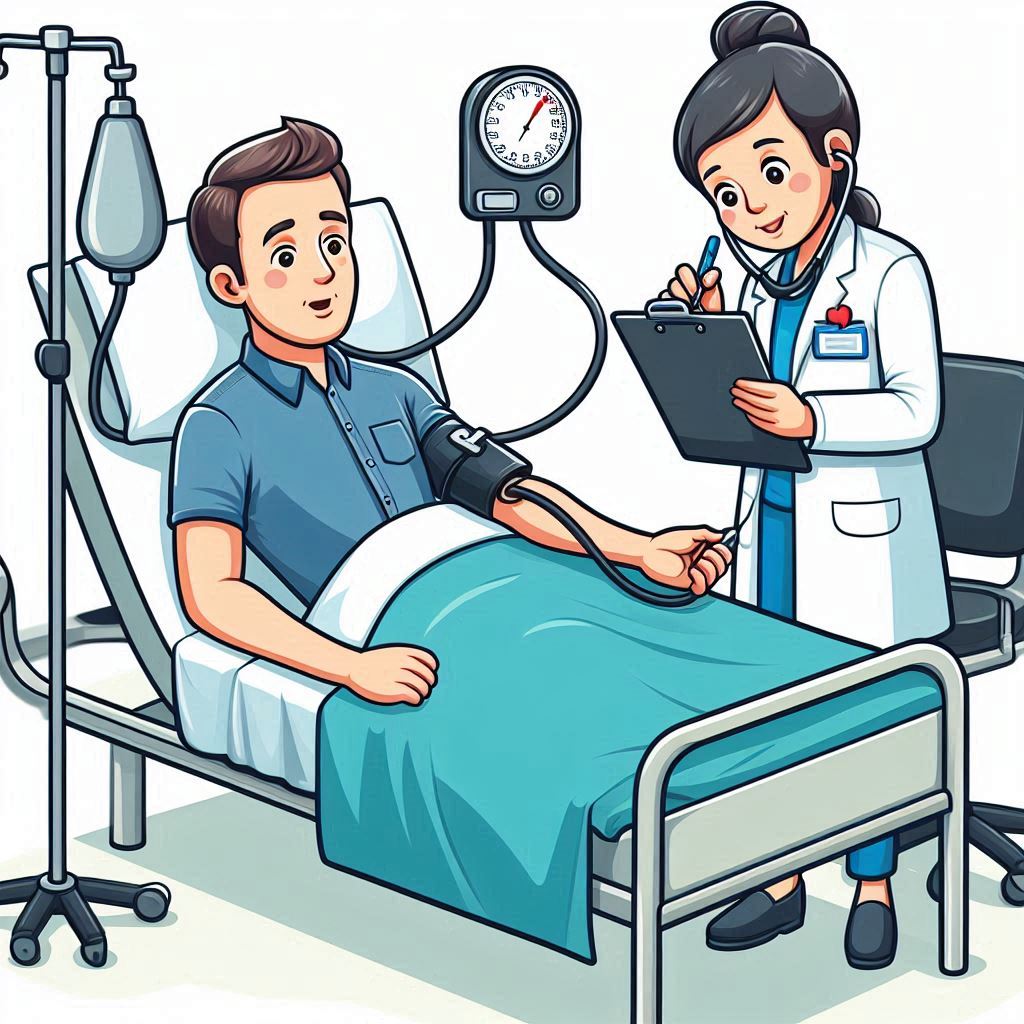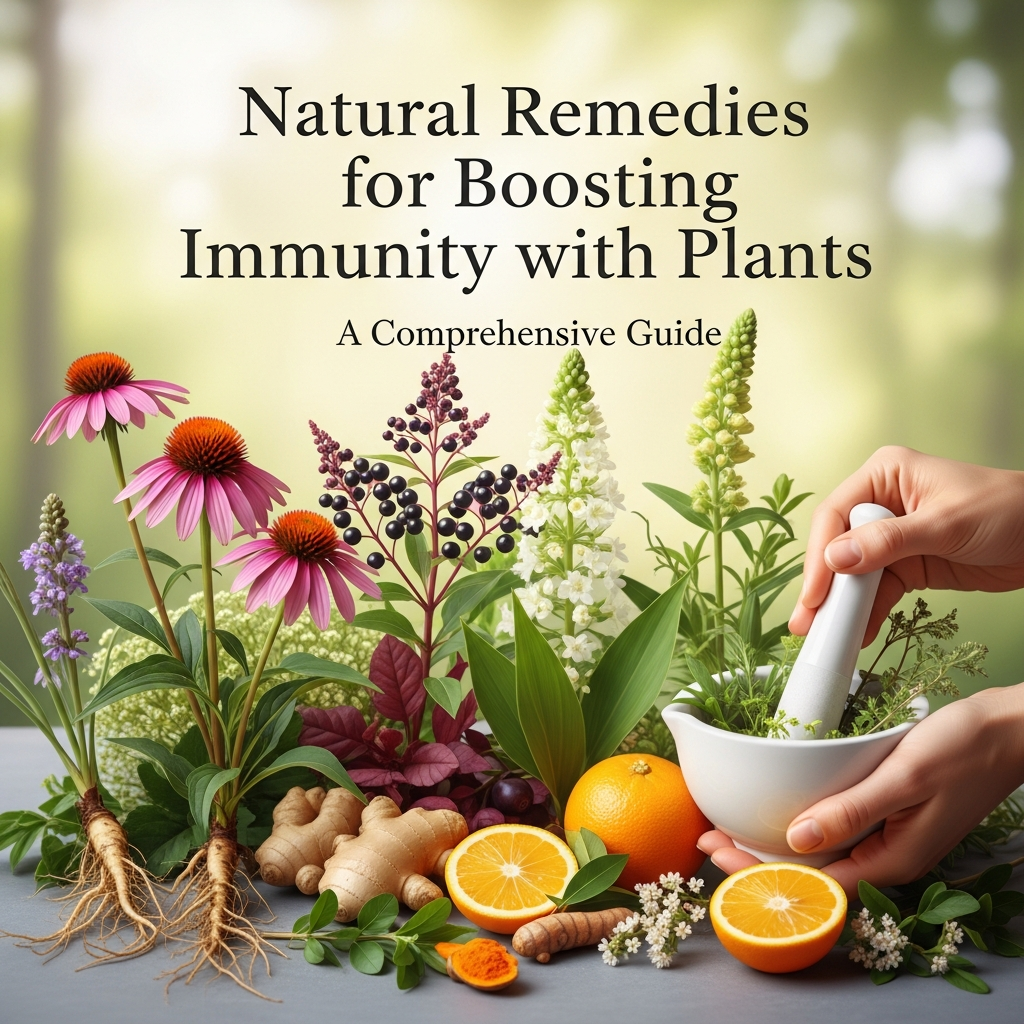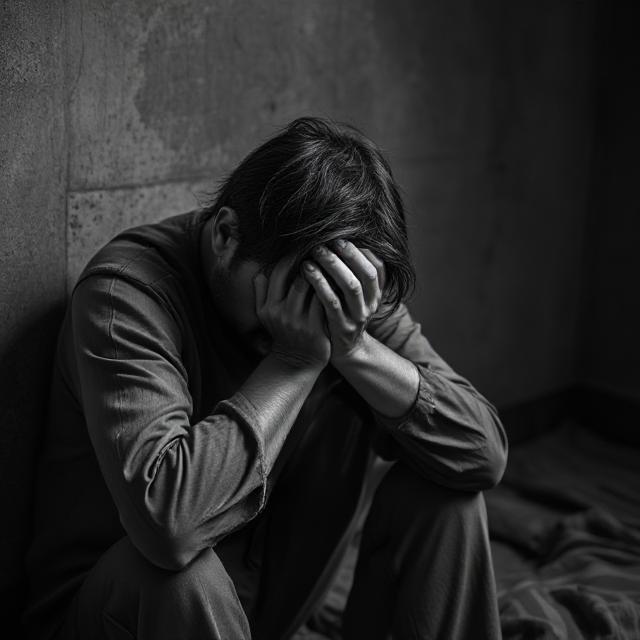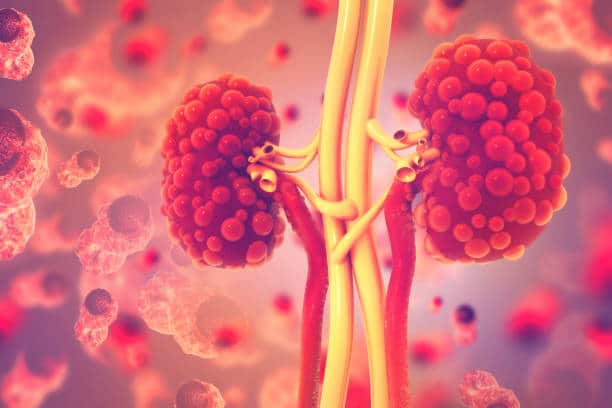


Identify the 10 causes of low blood pressure (hypotension) or causes of hypotension, its symptoms, and how to manage it effectively. You can keep your blood pressure at a healthy level by staying informed about dehydration, heart problems, and other factors. Find out what you can do and how to prevent hypotension.
Understanding 10 causes of low blood pressure:
When blood pressure readings fall below the normal ranges, low blood pressure, also known as hypotension, occurs. There are two numbers that represent blood pressure: the systolic pressure plus the diastolic pressure, measured in millimeters of mercury (mmHg). It is considered low when the systolic blood pressure is less than 90 mmHg and the diastolic blood pressure is less than 60 mmHg.
In order to maintain good health, blood pressure must be maintained within a normal range. As a vital indicator of how well the heart and arteries function, blood pressure ensured that all body tissues receive adequate oxygen and nutrients, which are essential for their proper functioning. Blood pressure that drops too low can result in inadequate blood flow to organs and tissues, potentially resulting in a wide range of symptoms.
Risks and Symptoms of low blood pressure :
There are several risks associated with chronic low blood pressure. Consistent hypotension can result in dizziness, fainting, and increased risk of falls and injuries. A severe case may result in shock, a life-threatening condition where organs do not receive enough blood to function. The insufficient blood supply to the brain may also lead to reduced kidney function and cognitive impairments.
Keeping your health in check requires understanding the importance of blood pressure, as well as recognizing signs and symptoms of low blood pressure. Identifying the causes of hypotension and seeking appropriate treatment can help manage the condition effectively, preventing adverse health consequences. The risk of chronic low blood pressure can be reduced through proper diagnosis and intervention.
7 Simple Health Changes to Reduce Your Risk of Chronic Disease
Common causes of Low Blood Pressure:
What can cause low blood pressure: It is essential to understand the 10 causes of low blood pressure (hypotension, also known a hypotension, in order to diagnose and treat the condition correctly. Here, we explore 10 of the most common causes of low blood pressure or reasons for low blood pressure.
1. Dehydration : Dehydration can cause a drop in blood pressure. Dehydration decreases blood volume, resulting in hypotension. Symptoms such as dizziness and fainting often accompany dehydration-induced low blood pressure.
2. Heart problems : There are a number of serious health problems that can cause poor blood flow and low blood pressure, including heart problems such as bradycardia (slow heart rate), valve problems, heart attacks, and heart failure.
3. Endocrine issues : It is also important to keep in mind that there are also endocrine issues to take into consideration. Dysfunctions of the thyroid gland, adrenal insufficiency(Addison’s disease), and low blood sugar (hypoglycemia) can cause the body’s ability to regulate blood pressure.
4. Severe allergic reactions : Anaphylaxis, a severe allergic reaction that triggers the release of chemicals that can trigger shock, is a serious medical emergency requiring immediate medical attention. Anaphylaxis triggers the release of chemicals that can cause a sudden drop in blood pressure.
5. Prolonged bed rest: A prolonged period of bed rest or immobility, especially in older adults, has been shown to weaken the cardiovascular system and may be associated with orthostatic hypotension, a condition in which a person’s blood pressure drops when they stand up.
6. Medications :
You should increase your blood pressure regularly if you are taking certain medication, including diuretics, anti-depressants, and medications for Parkinson’s disease. When taking these medication, blood pressure should be monitored regularly in order to identify any side effects.
7. Blood loss : As a result of significant blood loss caused by trauma or internal bleeding, blood volume can be drastically reduced, causing hypotension. Rapid and significant blood loss requires immediate medical intervention in order to stabilize blood pressure.
8. Anemia : There is a risk of anemia, which is due to a deficiency of essential nutrients like vitamin B12 and folate that interferes with oxygen transport in the blood, leading to low blood pressure. These nutrients play an important role in red blood cell production, so deficiency of them can lead to anemia.
9. Severe infections : Another critical factor is severe infections or septicemia, which may lead to septic shock, a life-threatening drop in blood pressure caused by widespread infection and inflammation that can lead to a decline in blood pressure leading to death.
10. Pregnancy : Last but not least, pregnancy can result in a decrease in blood pressure, as the body expands to accommodate the growing baby. As a result of the expansion of the circulatory system, it is common for blood pressure to decrease during the first 24 weeks of pregnancy.
In order to identify the underlying factors that are leading to low blood pressure, we need to understand these common 10 causes of low blood pressure (hypotension in order to facilitate a timely and effective treatment of this condition.
7 Ways To Keep Your Heart Healthy
Recognizing the Symptoms of Low Blood Pressure :
Symptoms of low blood pressure: A person with low blood pressure, or hypotension, may experience a number of symptoms, each varying in severity. Identifying these symptoms early can be crucial to managing one’s health effectively. Symptoms include dizziness, fainting, blurred vision, nausea, fatigue, and a lack of concentration, and severe cases can result in shock, which can be fatal.
Oftentimes , low blood pressure is accompanied by dizziness. It can occur suddenly, especially when standing quickly. It is possible to faint during, periods of dizziness, a clear sign that the blood pressure has dropped too low. Blurred vison makes it difficulty to focus on objects when you are dizzy.
An individual may also experience nausea, sometimes in conjunction with dizziness or on its own. They may feel uneasy or a sense of stomach discomfort. Insufficient blood flow to the brain and other vital organs can result in fatigue and weakness, as low blood pressure can cause insufficient blood flow.
There are subtle yet significant symptoms associated with lack of concentration, which can interfere with daily activities. In severe cases of low blood pressure, shock can result, characterized by cold, clammy skin, rapid breathing, and a weak, rapid pulse. This occurs due to a reduced supply of oxygen to the brain, impairing cognitive function, Shock needs immediate medical attention.
It is important to differentiate between mild, moderate, and severe symptoms. Mild symptoms like dizziness and lack of concentration can be managed with lifestyle changes and monitoring. However, moderate symptoms such as frequent fainting or persistent fatigue may require medical advice. A severe symptom, such as signs of shock, requires immediate medical attention.
It may seem minor at first, but if it progresses to fainting spells or severe fatigue, it is imperative to seek medical attention. Consider a situation where someone experiences dizziness every morning when the wake up. A properly identified and timely action plan can result in improved outcomes and quality of life for people with low blood pressure
15 Ayurvedic Remedies for High Blood Pressure
Effective Treatments and Management Strategies :
Managing low blood pressure :It is possible to manage and treat low blood pressure through dietary changes and medical interventions. Dietary adjustments are one of the primary approaches to managing low blood pressure. You can raise your blood pressure by consuming more salt, but it’s important to do so under the guidance of a healthcare professional to avoid other health risks.
Drinking adequate amounts of water also helps maintain stable blood pressure levels by ensuring proper blood volume and preventing dehydration.
In addition to regular exercise, physical activity can enhance cardiovascular health and enhance blood circulation, which is another effective strategy for managing low blood pressure. For individuals who have not been active regularly, it is advisable to begin with moderate exercises and gradually increase intensity.
In some cases, medical treatments may be necessary to managing low blood pressure effectively. Healthcare professionals may prescribe medications to help raise blood pressure. These medications work by constricting blood vessels or increasing blood volume. If your doctor prescribes these medications, make sure you take them as directed and have regular follow ups to ensure they are working properly and to adjust dosages if necessary.
Compression stockings, for example, are also nonpharmacological therapies that can reduce blood pooling in th lower extremities and prevent blood pressure drops. These are the 10 causes of low blood pressure (hypotension, symptoms and treatment of low blood pressure.
10 Causes of High Blood Pressure & Treatment
7 Simple Health Changes to Reduce The Risk of Chronic Disease





































